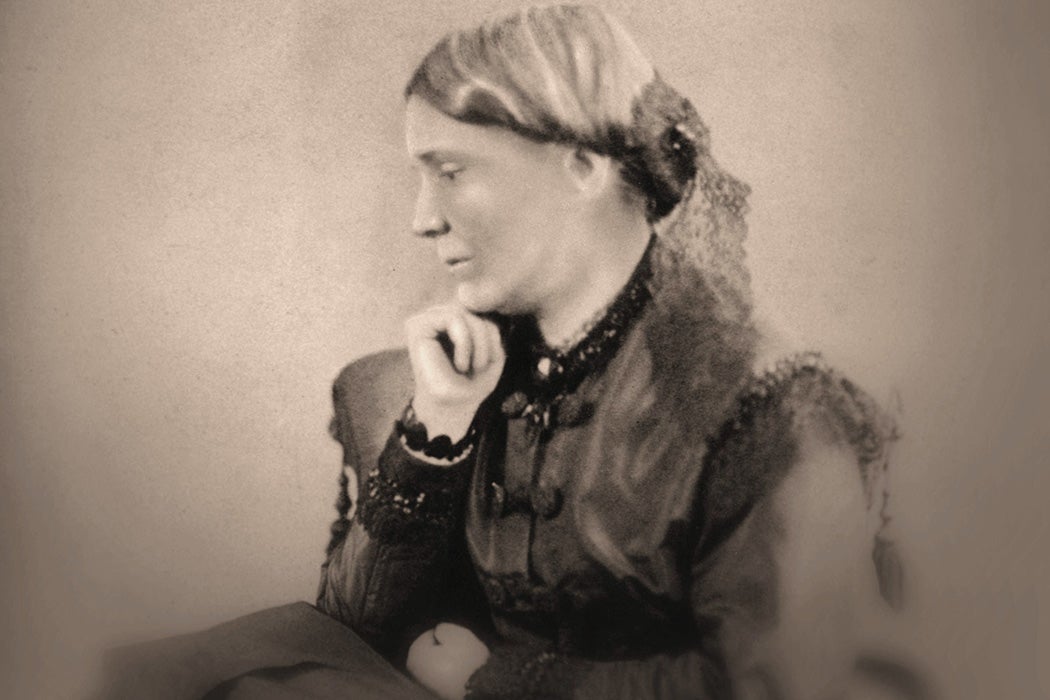In nineteenth-century Britain, two big changes regarding women in medicine occurred simultaneously. While nursing was becoming increasingly professionalized thanks to reformers like Florence Nightingale, the first women were also qualifying as physicians. As historian Vanessa Heggie writes, this meant female doctors were frequently asked a difficult question: why not become a nurse instead?
Heggie begins her account by sharing how one of these early women doctors, Elizabeth Garrett Anderson, is said to have responded to the question when she was just beginning her training: “because I prefer to earn a thousand, rather than twenty pounds a year.”
In reality, Heggie writes, the difference in compensation wasn’t generally as stark as that. And the education needed to become a physician, combined with the difficulty women found in finding positions, could make nursing the more financially sensible choice. But the answer does give a flavor of the attitudes often expressed by doctors like Garrett Anderson—that they were in medicine to be ambitious, highly capable professionals, not the sympathetic do-gooders as nurses were often portrayed.
The women doctors’ relationships with nurses were complicated. On one hand, the existence of nurses in places like prisons, workhouses, and military hospitals demonstrated that women were fit to work in these settings. On the other hand, to be taken seriously as physicians in a male-dominated world, the doctors felt the need to distinguish themselves from others of their gender.
In letters written in the 1840s, the glass-ceiling-breaking doctor Elizabeth Blackwell depicted nurses and midwife trainees as simple and frivolous. Heggie writes that she was also sometimes critical of Nightingale, who returned the sentiment by opposing women doctors. In fact, Blackwell was critical of women in general, arguing that “the chief source of the false position of women is the women themselves,” and that many were “careless mothers, weak wives, poor housekeepers, ignorant nurses, and frivolous human beings.”
Weekly Newsletter
Heggie writes that women doctors’ efforts to establish their qualifications and seriousness was hampered by the fact that one of the fields most likely to accept them was medical missionary work overseas. Missionaries perceived a need for female practitioners who could work with Hindu and Muslim women without violating cultural norms. While this opened doors to women in medicine, it also attracted a new group of young women driven to do “good work” but convinced they needed only minimal training to practice in foreign lands. These kinds of practitioners obviously posed a threat to their patients and also threatened the reputation of women doctors as a class. Medical schools had to take steps to weed out students who might leave after taking a few classes and attempt to become medical missionaries.
In fighting off negative perceptions of their abilities, women doctors distanced themselves from both fellow professionals working as nurses and the feminine connotations of women’s care work in general.
“While lady nurses might be the ultimate representations of fully professionalized Victorian womanhood, what distinguished the woman doctor was—however unwomanly it might seem—her intelligence and ambition,” Heggie writes.
Support JSTOR Daily! Join our membership program on Patreon today.







